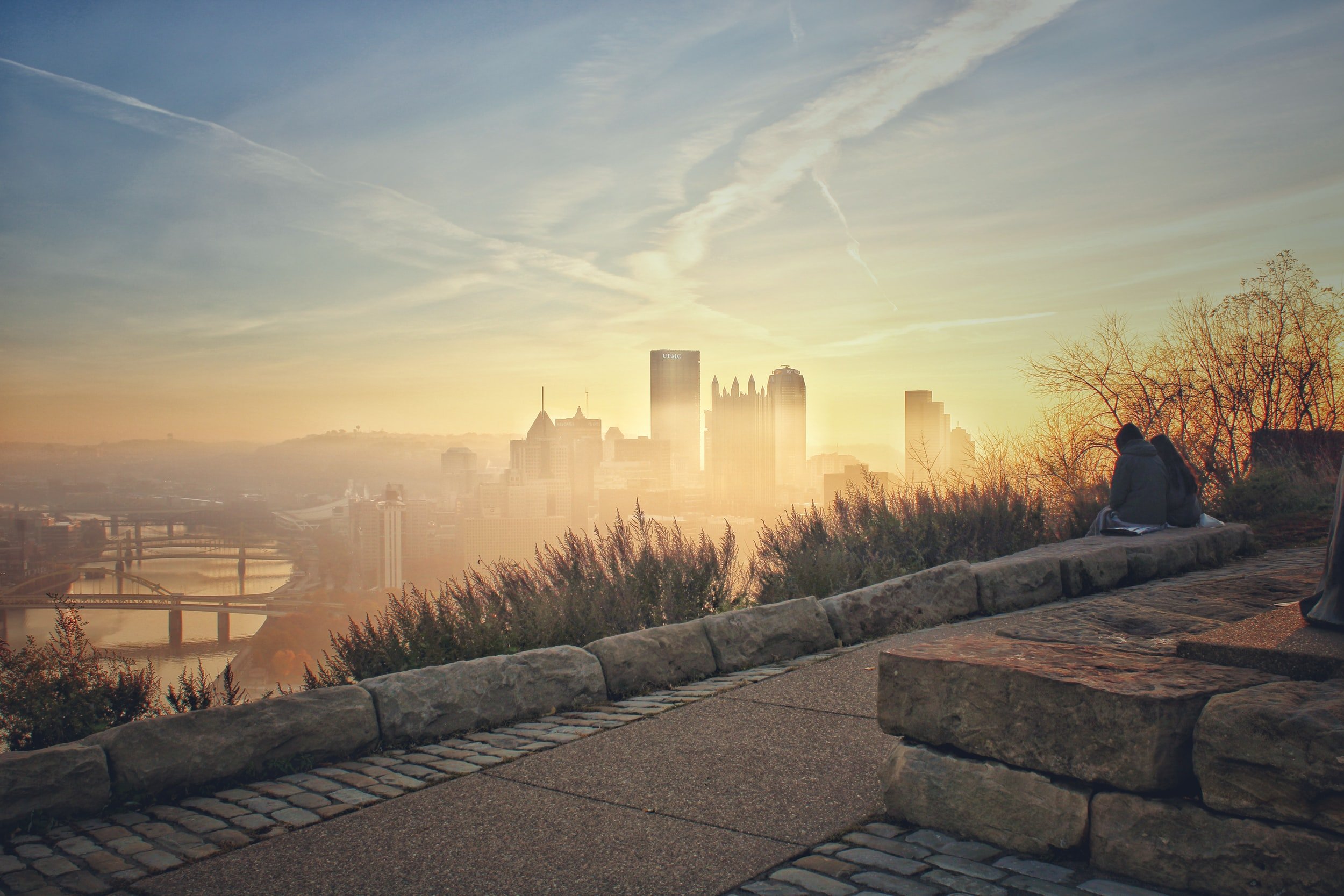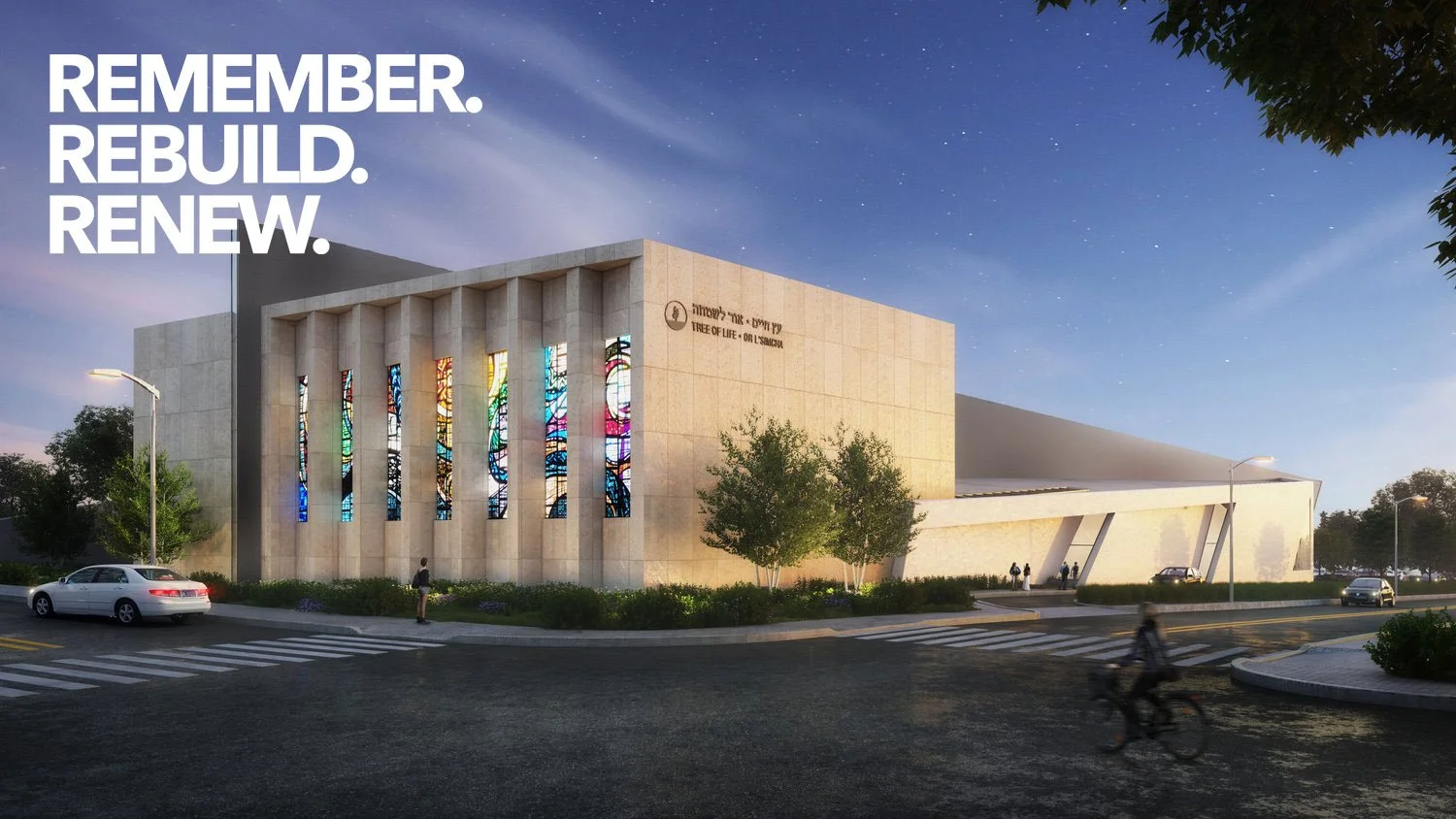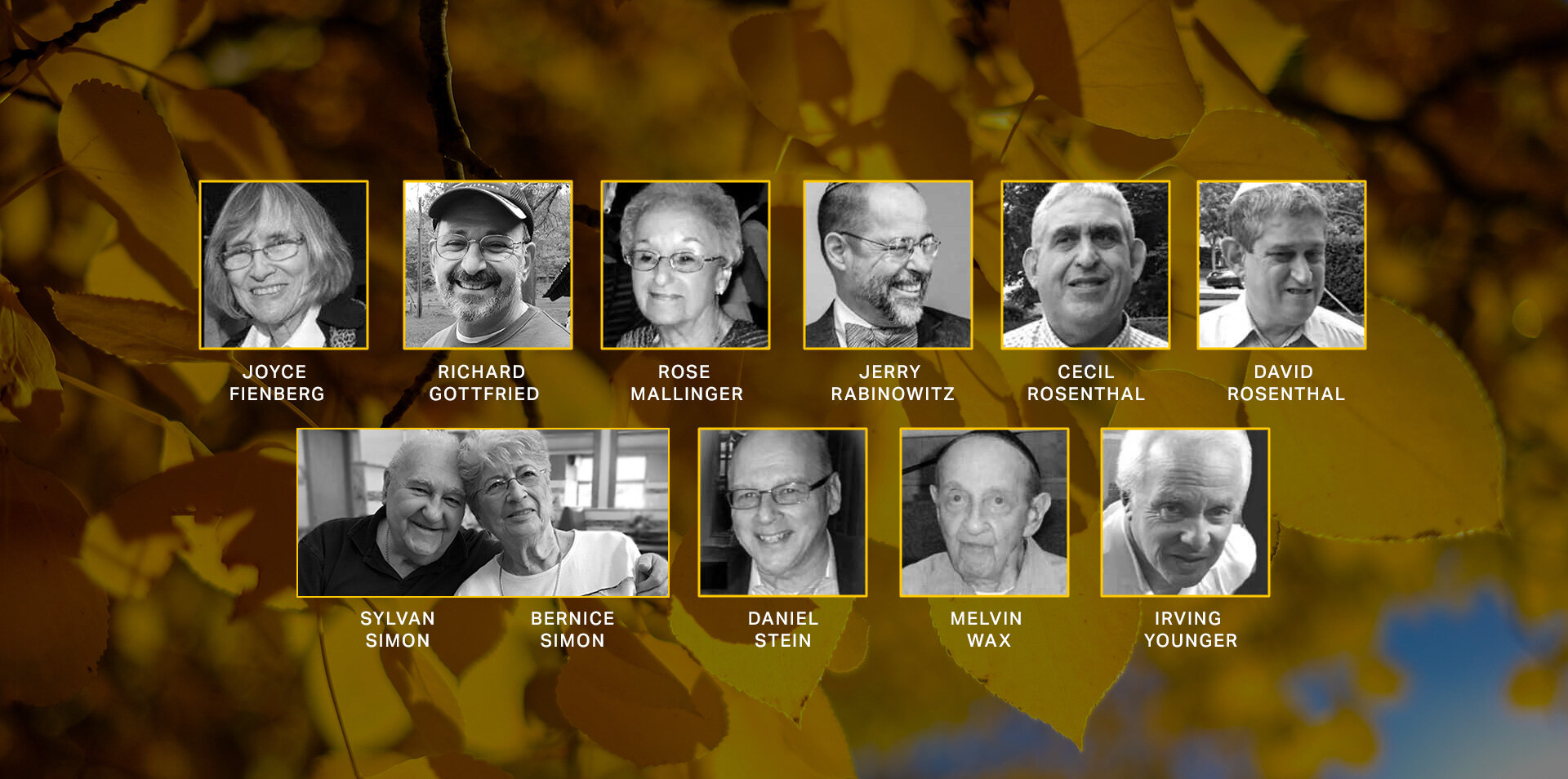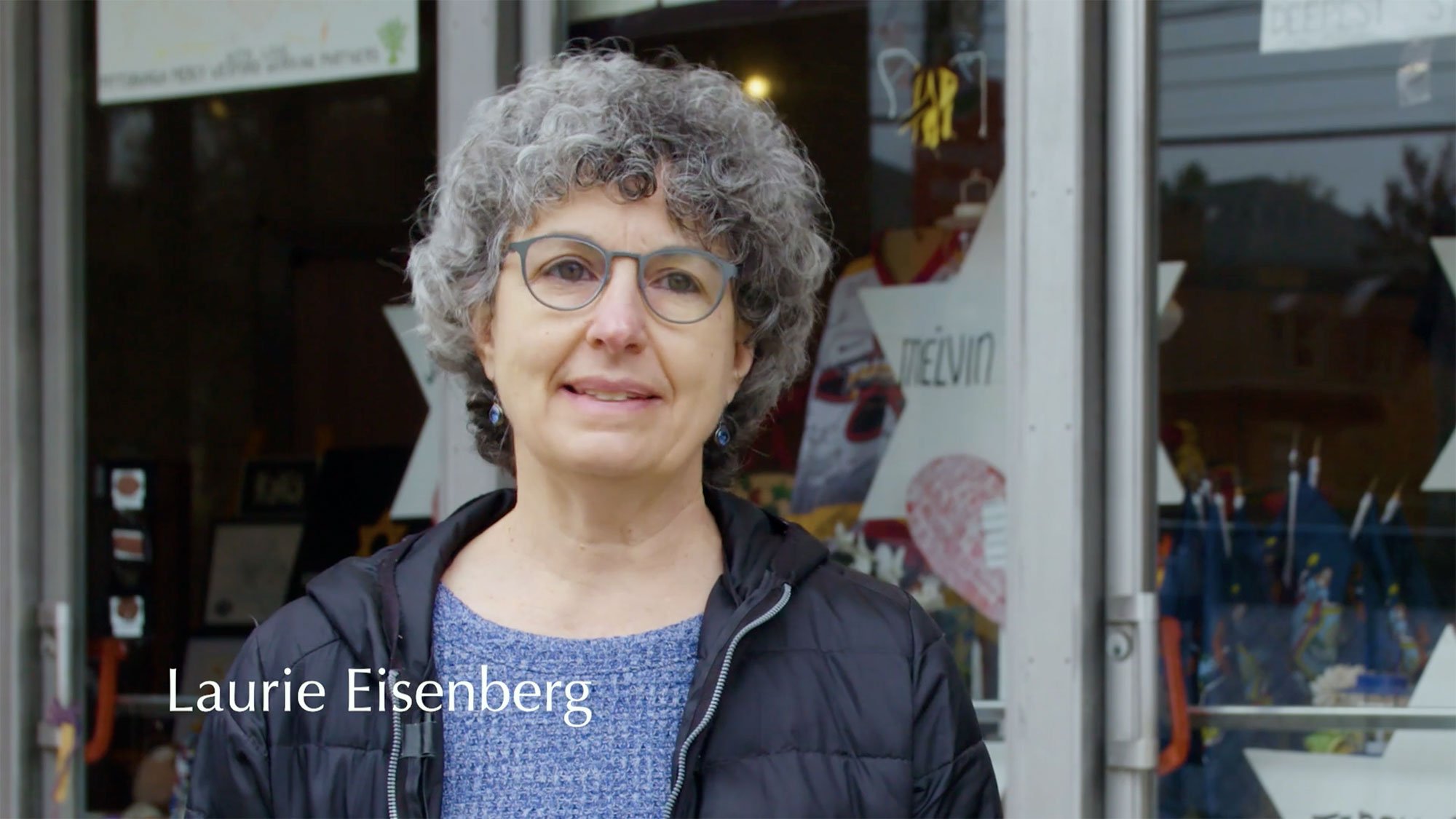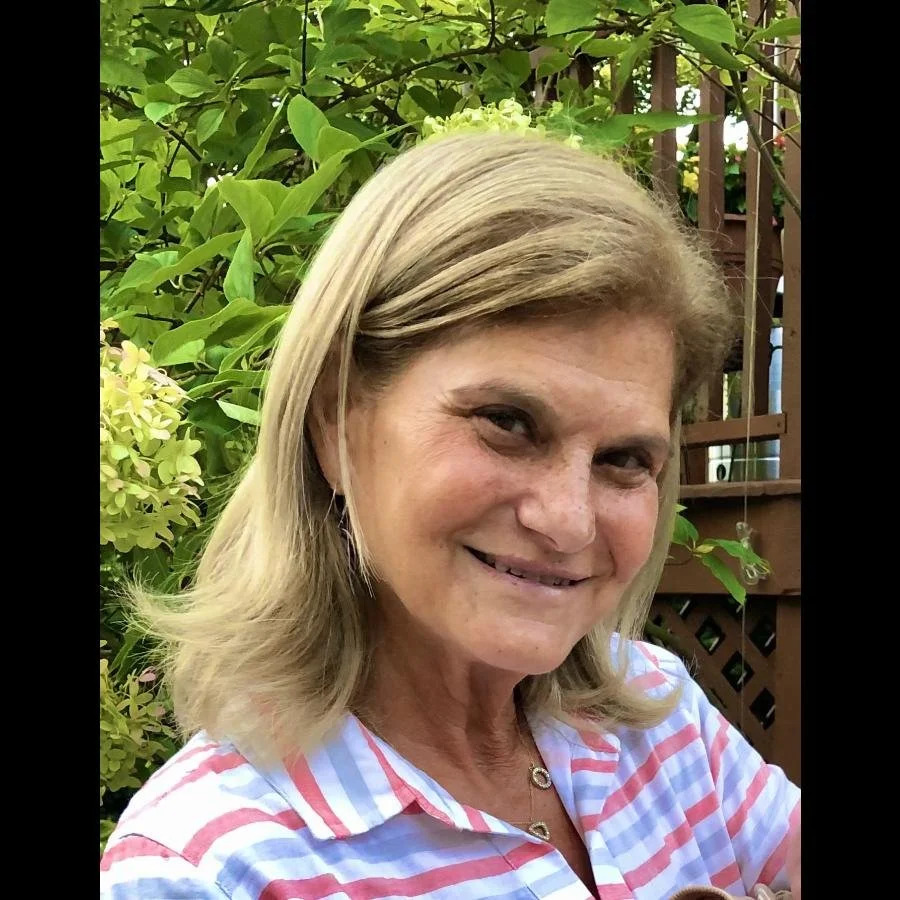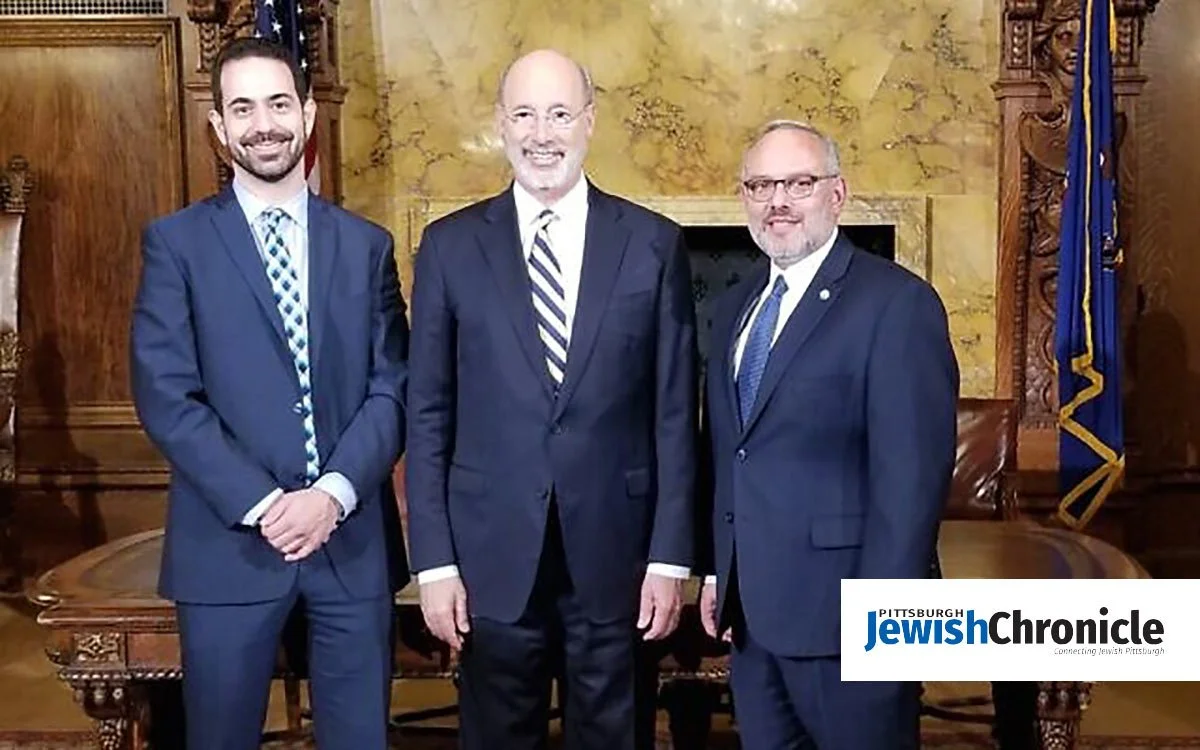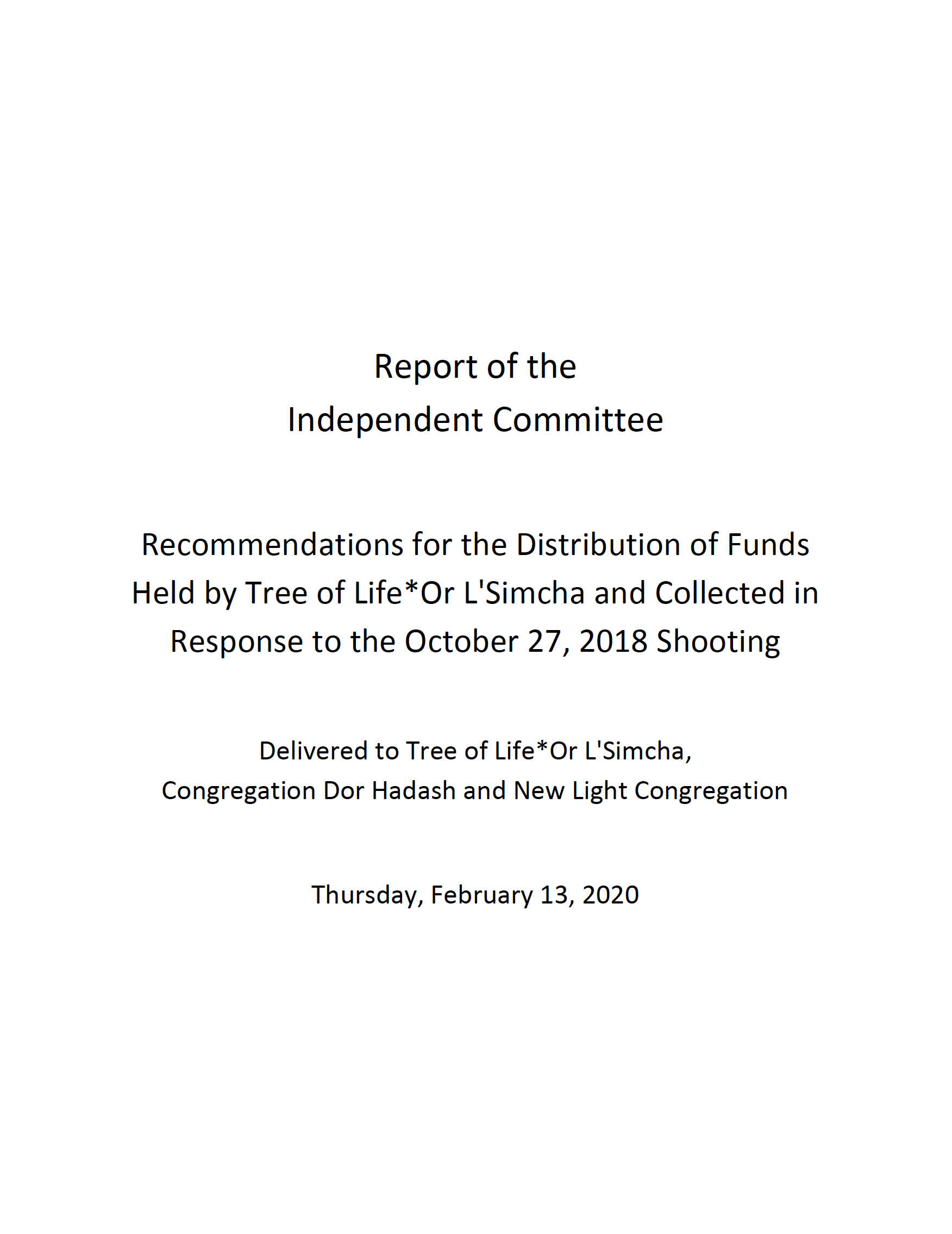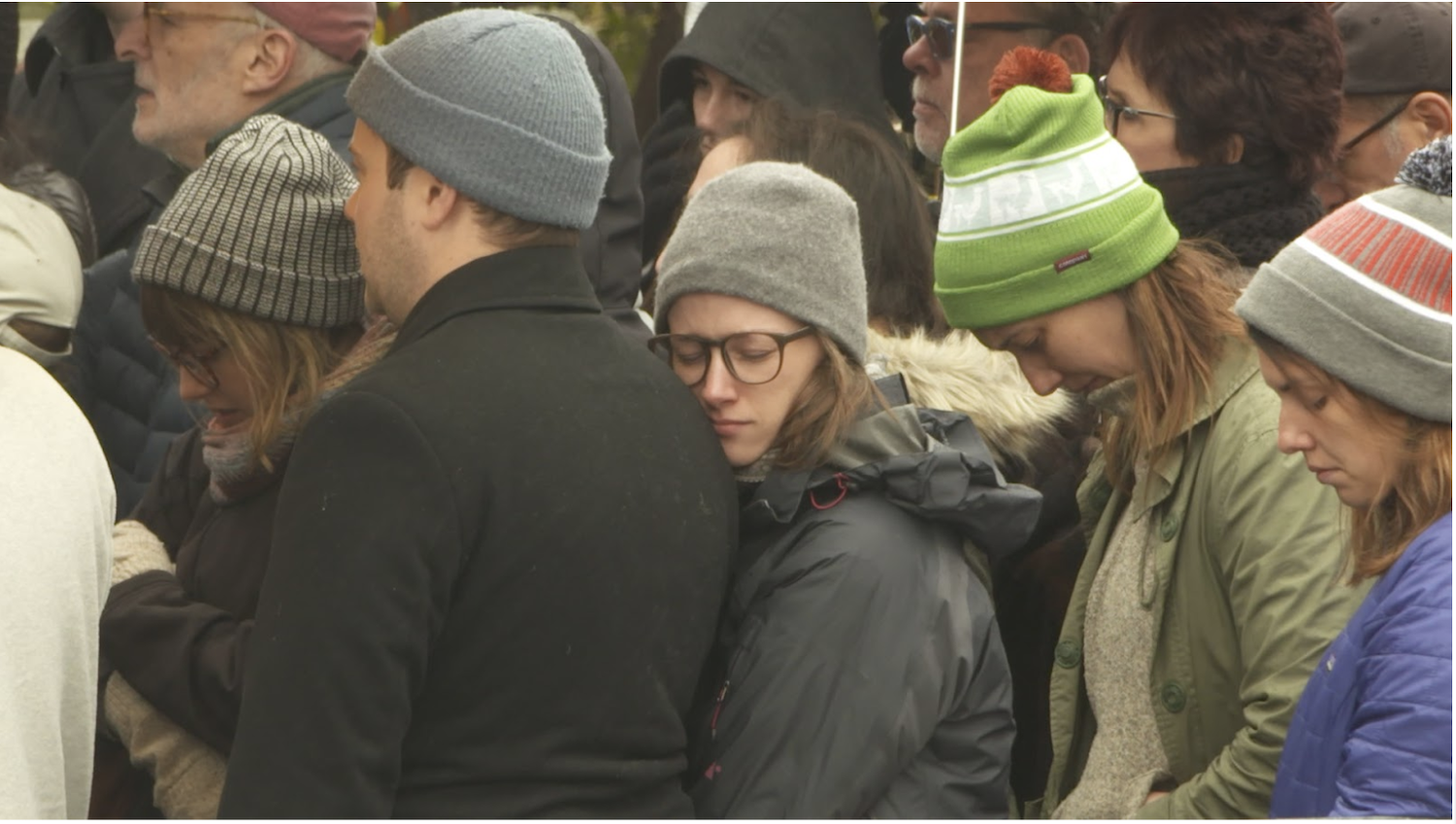
Community Healing and Response
After the attack on 10/27/2018 in Pittsburgh, the community responded immediately to help the victims and their families. People from across the country came together to lend support.
How can a community heal after a horrific act of violence? What made Pittsburgh’s actions effective? These stories may help viewers understand what can be done in their town to prepare for and respond to the trauma of hate and mass violence.
Below you will find: resources from the 10/27 Healing Partnership, video extras and interviews from the film, plans for renewal of the Tree of Life building, stories of response and community actions from the Rauh Jewish Archive, resources for communities on recovering from crisis and mass violence and what you can do in your own community to start conversations and build networks of support.
10/27 Healing Partnership
The 10/27 Healing Partnership was born out of the need for healing in the aftermath of the attack on three congregations at Tree of Life, and the resulting trauma for the survivors, families and the larger community. Like other efforts in cities that have experienced mass casualty violence, the center is supported by grants from the federal government.
Learn more about the 10/27 Healing Partnership:
2023 Commemoration - Five years after the massacre, the killer was finally convicted and sentenced. The community gathers to remember and honor those who were lost.
Photos and descriptions of past commemoration events
10/27 Support Group - Film Extra from Repairing the World: Stories from the Tree of Life
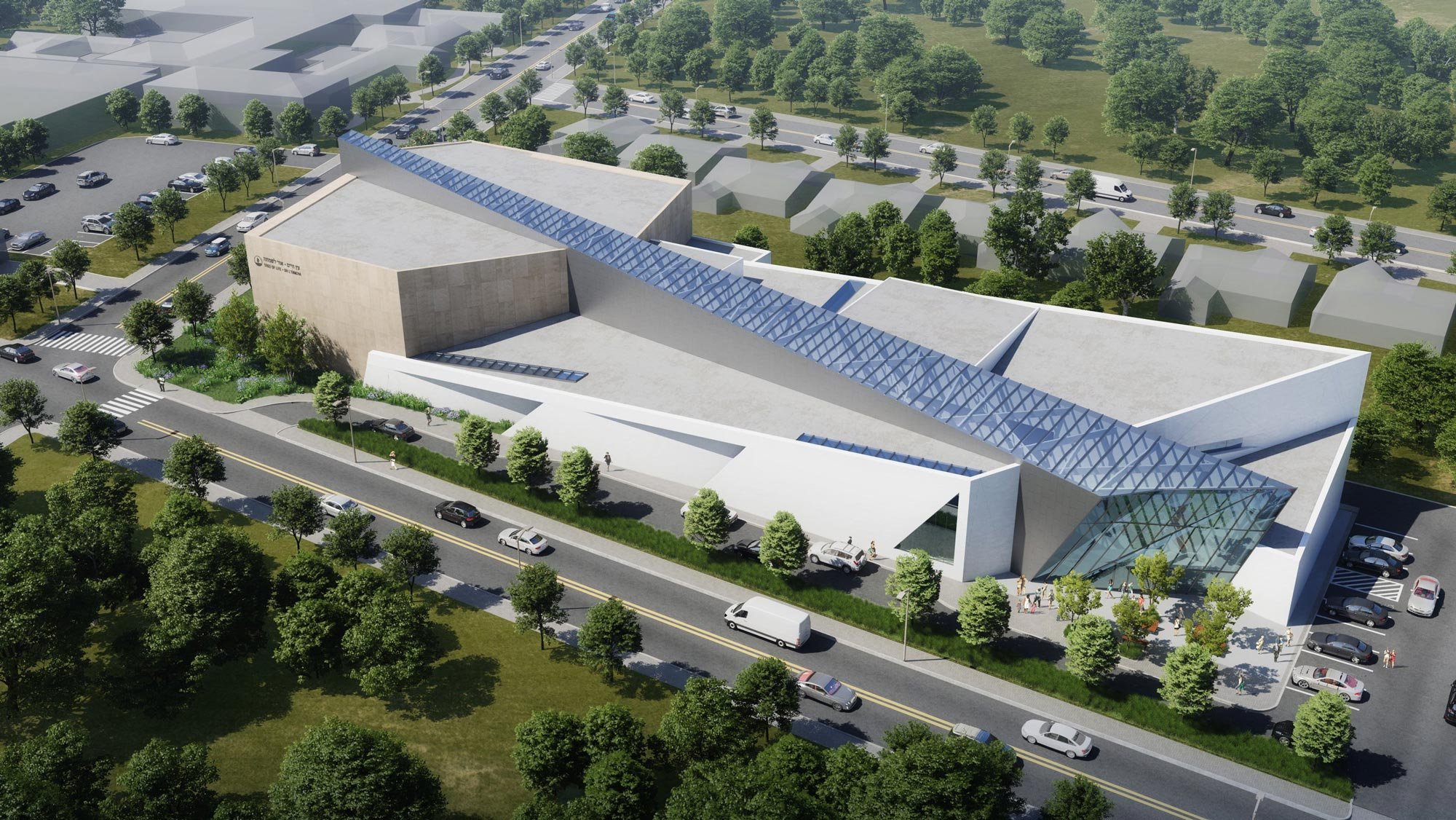
New Visions for A Sacred Space
The Remember. Rebuild. Renew. campaign is a Tree of Life Congregation effort to create a safe and sacred space for generations to come. The campaign is meant to reinforce the resilience of Jewish life in Squirrel Hill and the health of the community. The new building’s design was led by renowned architect Daniel Libeskind, featuring a path of light as the centerpiece, representing a source of renewal. It will house a new education center, museum and memorial, and serve as a home for Jewish life.
See the design and learn more about the campaign: rememberrebuildrenew.org
2 for Seder
Honoring a Family Member and Sharing Jewish Values
“I think we can push back against antisemitism through education and love and understanding and having people understand who we are as Jews.” -Marnie Fienberg
Marnie Fienberg felt compelled to do something after her mother-in-law Joyce Fienberg was killed at the Tree of Life synagogue. To remember Joyce, she founded a program called 2forSeder to engage Jews and non-Jews in the story of Passover, a Jewish holiday that remembers when the Jews escaped slavery in Egypt. It is celebrated through a meal called a Seder. 2forSeder encourages families to invite non-Jews to their Passover seder so that they can learn more about the Jewish community and traditions. During the Passover seder, the story of the Jewish people is told as a way to remember and pass on the traditions to the younger generation.
Stories of Remembrance
Laurie Eisenberg and the Memorial Archive
The October 27 memorial archive from the Tree of Life synagogue consists of objects including paintings, sculptures, and handwritten notes left by individuals expressing grief and support for the victims, families and community. Historian Laurie Eisenberg details the preservation process of these items, highlighting the central 11 wooden stars of David, each bearing the name of a victim. A sidewalk gallery named #HeartsTogether: The Art of Rebuilding showcases 224 artworks created by young people in response to the attacks, is displayed outside the synagogue.
View the artworks at treeoflifepgh.org/heartstogether →
Learn more about the full archive below.
The Oct 27 Archive
In the days after the attack, Eric Lidji, the director of the Rauh Jewish Archives at the Senator John Heinz History Center started to preserve the poignant mementos left outside the Tree of Life building. Working with volunteers like Laurie Eisenberg and others, the Rauh Archive has assembled thousands of artifacts, news stories, and oral histories to document the community and individual reflections that emerged in the aftermath of the deadly antisemitic attack.
The October 27 Archive is an ever-growing digital repository of material documenting local and global responses to the deadliest antisemitic incident in American history.
Each object has been described and cataloged to help you discover materials, learn about these materials, understand the context in which these materials were created, and draw connections between different materials.
Western Pennsylvanians share life stories and reflect on an antisemitic attack in Squirrel Hill, a historic Jewish neighborhood in the heart of Pittsburgh.
Documentation of the October 27 attack as it was unfolding, told through news articles and oral histories.
Responding to Crisis: Preparation in Pittsburgh
Meryl Kirshner Ainsman, then Board Chair of the Jewish Federation
Meryl Kirshner Ainsman (b. 1954) was chair of the Jewish Federation of Greater Pittsburgh board of directors at the time of the October 27 attack. Her profile on the October 27 Archive offers a compelling exploration of her experiences, with particular emphasis on the audio recordings.
Jeffrey Finkelstein
Jeff Finkelstein, Executive Director of the Jewish Federation of Greater Pittsburgh speaks about the relationships and systems that help prepare the community for an immediate response.
Read article →
(courtesy Pittsburgh Jewish Chronicle)
Report of the Independent Committee: Recommendations for the Distribution of Funds
One of the deepest challenges for communities facing mass shootings and casualties is how to allocate the funds as donations come in from around the world. The Jewish Federation developed an independent committee to work with the community on these decisions. Their report lays out a blueprint for community input.
Read about and download the report →
(The Jewish Federation of Pittsburgh)
Responding to Mass Violence
Resources from National Mass Violence Victimization Resource Center
Prepare your community: nmvvrc.org/community-leaders/prepare-your-community
Advice for navigating trauma in your community: nmvvrc.org/communications/tip-sheets
Resources for Journalists: nmvvrc.org/learn/resources-for-journalists
More at nmvvrc.org
What You Can Do Now
Learn more about organizations that help communities heal from violence in your town
Ask local leaders and faith groups to host a discussion about how to respond to traumatic incidents
Learn about faith traditions
Host a holiday-sharing event in your community
Learn more about Passover and Jewish Holidays
Host a 2 for Seder
Interested in hosting a screening or film discussion? Find screening resources, including discussion guides, here.
